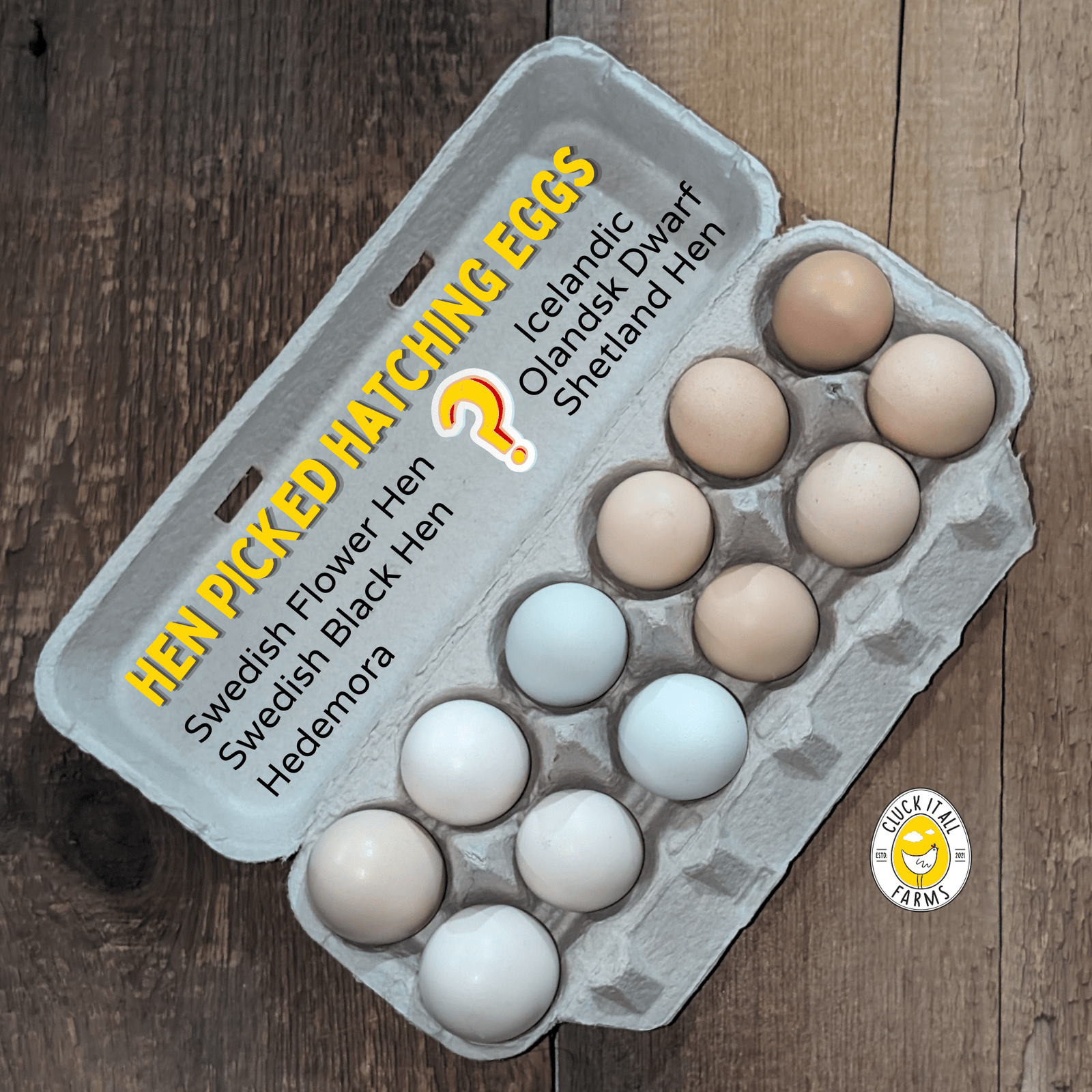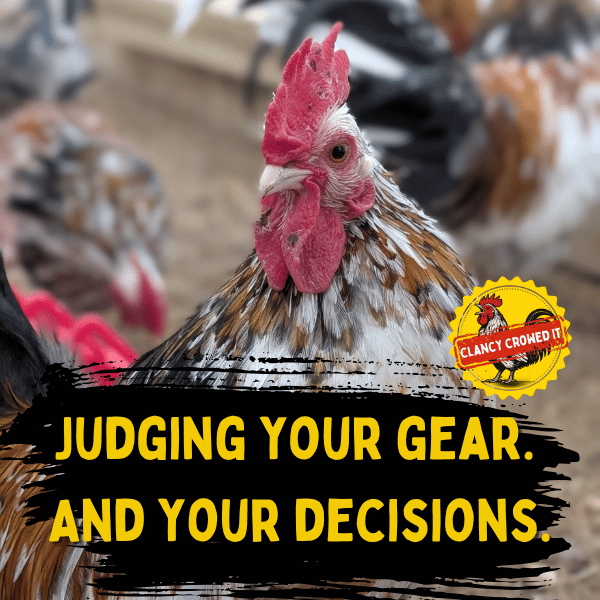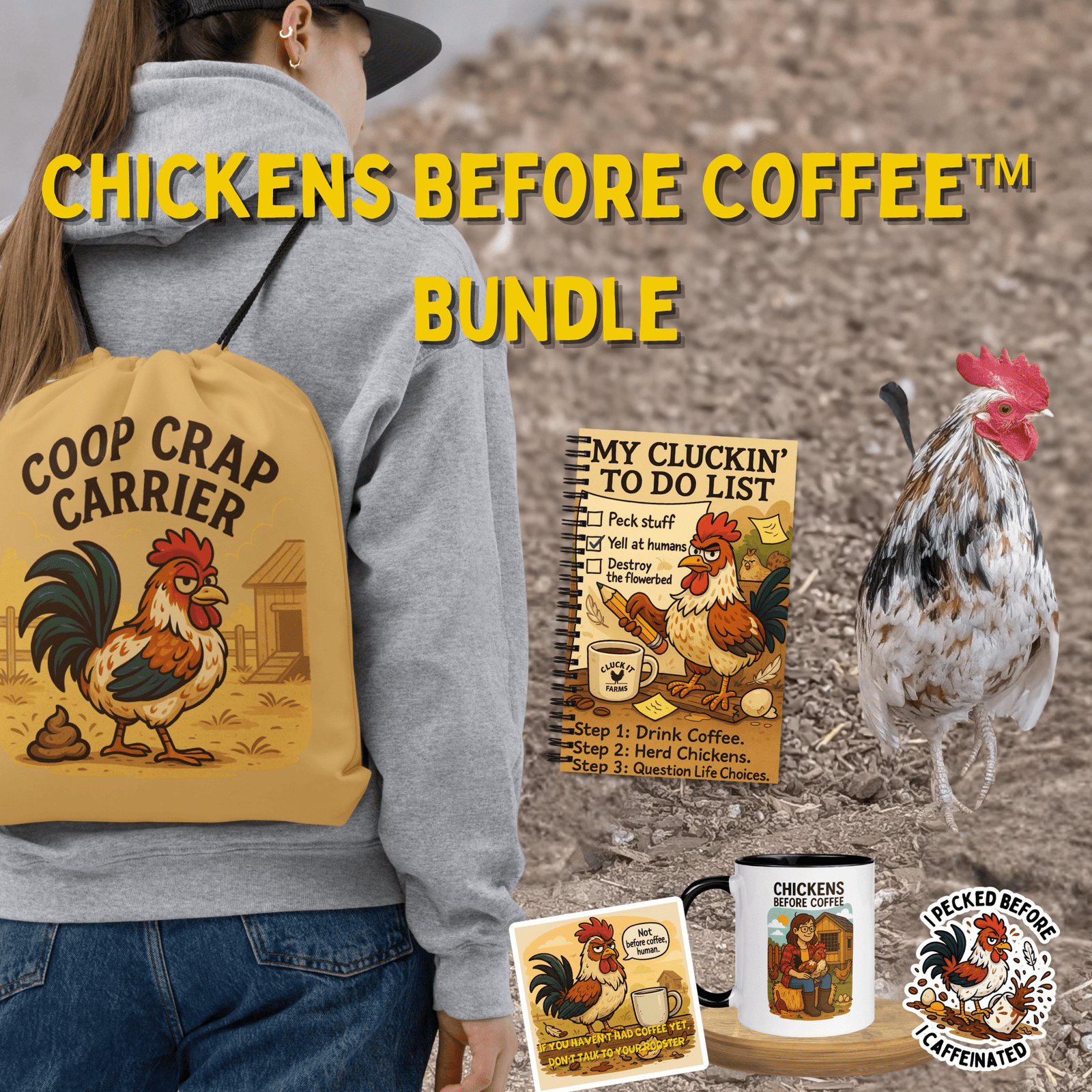We have all heard it before, that word that sends shivers down the spines of the more inexperienced chicken keepers. It's a word that carries a weight of controversy, a word that makes people cringe and hesitate. But let me tell you right here, right now, that it is not a bad word, and it's not necessarily what you may think it means. So, what is this mysterious word that I'm going on about? Can you take a guess?
Well, my friends, that magical word is "cull."
In the world of chicken keeping, culling refers to the process of selectively removing chickens from the flock. It's a term that often raises eyebrows and ignites heated debates, especially when it's brought up in social media or chicken-related groups. You can almost hear the gasps and see the virtual pitchforks being raised as soon as someone mentions culling their extra roosters or older hens. It's as if the original poster has committed an unforgivable crime, and the online community is ready to pounce with furious indignation. But let's take a step back and examine what culling really means.
The Truth about Culling: Dispelling Misconceptions and Embracing Responsible Practices
Culling is not synonymous with callous killing or mindless slaughter. It's not a cruel act performed by heartless chicken keepers who have no regard for their feathered companions. On the contrary, culling is a responsible and necessary practice that ensures the overall health, welfare, and productivity of the flock. Let's delve deeper into why culling doesn't have to be a bad word.
-
Maintaining a Balanced Flock: One of the primary reasons for culling is to maintain a balanced flock. A flock needs a suitable rooster-to-hen ratio to avoid aggression, stress, and overbreeding. By culling excess roosters, chicken keepers can ensure that each hen receives adequate attention and care. It's about creating a harmonious environment where chickens can thrive without unnecessary conflict.
-
Genetic Improvement: Selective breeding is an essential aspect of poultry husbandry. By culling birds with undesirable traits or genetic defects, breeders can work towards improving the overall quality of their flock. This process helps maintain breed standards, enhances traits like egg-laying capacity or meat quality, and promotes healthier and more robust chickens.
-
Managing Age and Productivity: Just like humans, chickens age, and their productivity declines over time. Older hens may lay fewer eggs or become more prone to health issues. Culling these aging hens allows space for new, more productive birds to join the flock. It ensures that resources are efficiently utilized, and the overall productivity of the flock remains optimal.
-
Preventing Disease Spread: Diseases can spread rapidly among chickens, jeopardizing the well-being of the entire flock. Culling sick or infected birds is a crucial measure to prevent the spread of contagious diseases. By swiftly removing affected individuals, chicken keepers protect the remaining birds from potential harm and minimize the risk of widespread outbreaks.
-
Ethical Considerations: Culling, when done humanely and with respect for the animal's welfare, can be a compassionate choice. In cases where a chicken is suffering from a severe injury or incurable illness, euthanasia may be the most humane option available. It alleviates the bird's suffering and ensures a peaceful end, sparing them from prolonged pain or distress.
Understanding the underlying reasons behind culling can help demystify the word and dispel the negative connotations surrounding it. As responsible chicken keepers, we have a duty to make tough decisions that prioritize the well-being of our flocks.
Culling for Flock Management and Adaptation: Ensuring Harmony and Purpose
As we delve deeper into the world of chicken keeping, it's important to understand that culling encompasses more than just the common perception of "killing." In fact, culling can involve a variety of practices that prioritize the well-being and dynamics of our feathered friends. Let's explore another facet of culling that involves removing chickens from the flock for different reasons. This form of culling allows us to manage flock dynamics, transition chickens between pens, and adapt to evolving needs. By embracing these aspects of culling, we can create a harmonious and purposeful environment for our cherished flock.
-
Managing Flock Dynamics and Purpose: Culling doesn't always mean eliminating a chicken from existence. It can also refer to the act of rehoming or relocating birds within the flock to better suit their individual needs or the overall goals of the chicken keeper. This form of culling is about managing flock dynamics and ensuring that each chicken finds its rightful place.
-
Rehoming for Compatibility: Sometimes, certain chickens may not get along with others, leading to aggression or bullying. In such cases, culling can involve rehoming these individuals to a more suitable environment where they can thrive without causing harm or distress to others. By finding a compatible home for these chickens, we can promote their well-being and maintain a peaceful flock.
-
Transitioning Between Pens: Culling can also entail moving chickens from one pen or area to another. For example, when a chicken has fulfilled its purpose in a breeding pen, it may be culled from that specific pen and moved to a layer pen. This transition allows the chicken keeper to optimize breeding efforts while ensuring that each bird is in an appropriate setting based on its stage of life or intended function.
- Adapting to Changing Needs: As chicken keepers, our goals and circumstances may evolve over time. This can lead to adjustments in our flock composition. Culling can involve carefully selecting certain chickens for removal from the flock to make room for new additions that align better with our changing needs or objectives. It's about maintaining a flexible and adaptable flock that suits our specific requirements.
It's important to note that culling, in these cases, doesn't imply any negative consequences for the chickens involved. Instead, it's a thoughtful decision aimed at optimizing the overall dynamics, productivity, and well-being of the flock. By understanding the multifaceted nature of culling, we can approach it with a more balanced perspective and make informed choices for the benefit of our chickens.
In conclusion, while the word "cull" may initially evoke negative emotions and misunderstandings, it is crucial to recognize its true meaning within the context of chicken keeping. Culling encompasses a range of practices, from removing excess roosters or older hens to rehoming chickens for compatibility or transitioning between pens. By embracing culling as a responsible and necessary aspect of chicken husbandry, we can create healthier, happier flocks that thrive in environments tailored to their specific needs. So, let's shed the fear surrounding this word and approach culling with knowledge, compassion, and a commitment to the well-being of our feathered friends.












